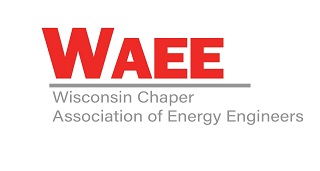
In my recent blog article, I shared some of the benefits of electric vehicles for fleets. Through the use of distributed energy resources (DERs), fleet owners are able to ensure reliable EV charging for their vehicles and take advantage of all of the benefits of a clean energy fleet.
There is a lot to consider when starting the process of transitioning your fleet to electric vehicles. Secure your success with these simple steps:
- Transition your fleet in phases. This provides the ability to test different options and fine-tune the process before making a full crossover to an electric fleet. It also spreads the capital investment over time.
- Identify routes/vehicles that make sense to electrify. The ideal vehicles to electrify first should include those with shorter routes that operate during the day, which can be charged at night to reduce the financial impact from the utility. Planning adequate charging time enables optimum charging station size and electrical infrastructure. A prime example would be garbage trucks or local delivery vehicles. As technology progresses, the range for electric vehicles will continue to improve and become less of an issue.
- Build DERs into your infrastructure. Utilizing distributed energy resources gives you more control over your charging infrastructure, increases sustainability, lowers utility cost impacts, enables you to take advantage of financial incentives and can create resiliency from power outages.
- Future-proof your operations by planning for growth. It is much easier and less expensive to prepare for future expansion when you create your initial EV charging infrastructure. One way to do this is to size your power distribution equipment to incorporate future charging stations. Incorporate extra conduits at the beginning of your project so that you don’t have to excavate and repave your parking lot a second or third time to scale your system. Create a plan that allows for growth.
- Take advantage of grants, incentives and subsidies. From Supertruck grants and government incentives to third-party investment companies and utility programs, money is available now to make an impact on your project. However, it won’t be available forever. At EnTech Solutions, we have specialists who can identify the funds available.
- Learn to interpret and manage your energy bill. Every utility company uses a different rate structure. EnTech Solutions can help you understand your local rate structure, providing energy modeling to recommend solutions to yield the lowest cost of energy. Energy modeling will evaluate the use of charger management software, renewable energy systems and stationary battery systems that help you get the most energy for your dollars through efforts such as shifting consumption away from expensive peak use times.
- Partner with an experienced energy consultant. To meet your charging infrastructure needs, choose an expert who can guide you through everything from assessing your situation to modeling a variety of solutions, to designing, engineering, procuring, installing, training on and maintaining your system. EnTech Solutions provides total solutions that encompass the entire lifecycle of your project, preparing you for success today and as your needs evolve.
With the right plan in place, your business can transition its corporate fleet to electric vehicles with confidence.
For more information about using DERs to charge your EV fleets, see our website or email us at [email protected].
Thank you for checking out the EnTech Solutions blog. To stay up to date with technologies, developments and trends about clean energy, please subscribe.








